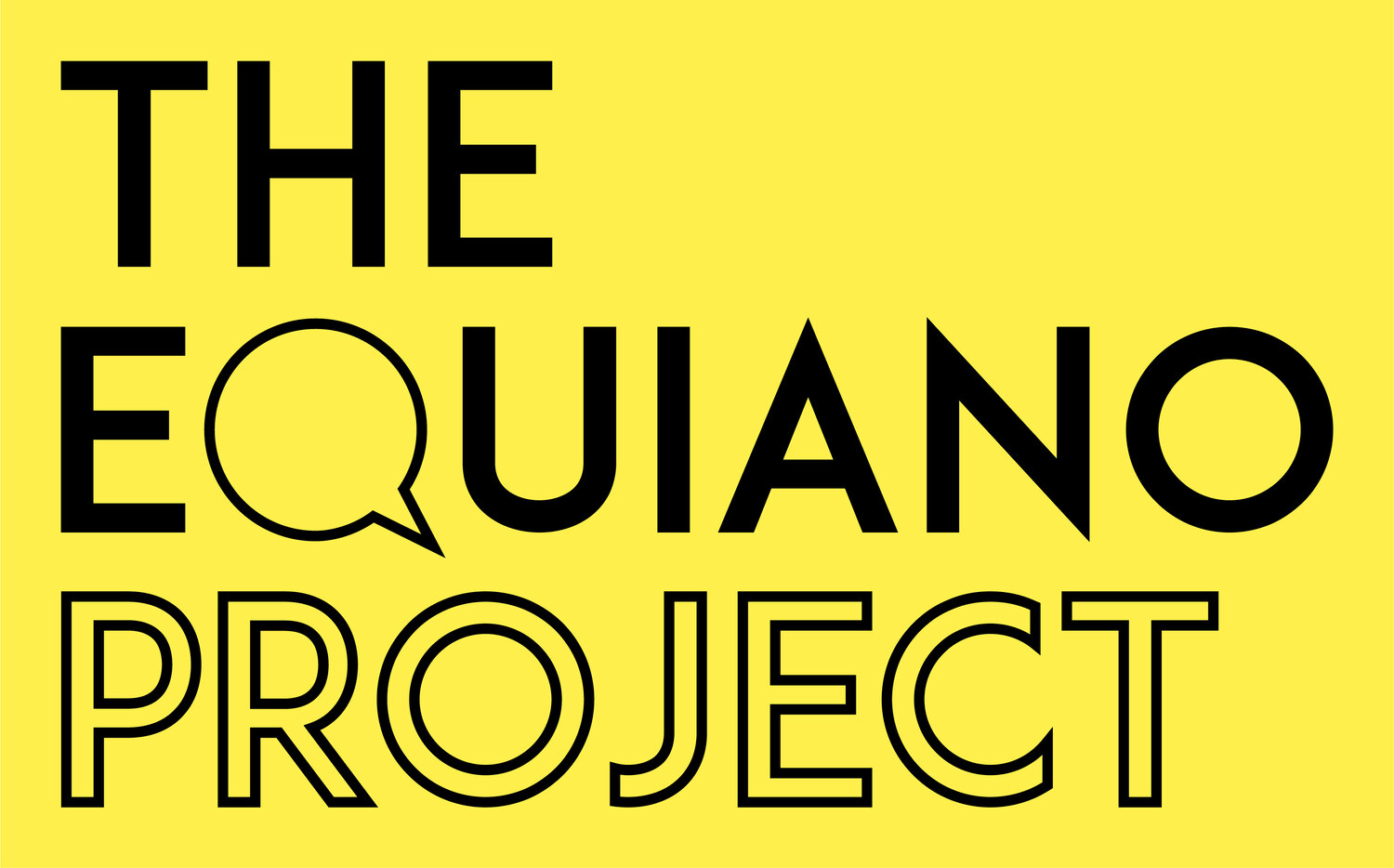The paradox of mixed-race identity in critical race theory - Callum Breese
When it comes down to thinking about alleviating racial divides in the Western World, the one practice which seems to dominate the discussion on this is the mainstreaming of Critical Race Theory. The theory, acting in bad faith, purports to do as follows: emboldens the cudgel of Identity politics and how that brings forth racialised thinking. The practice entraps individuals into an abyss of racial categories and thus encourages you to see through the paradigm of race, superseding the values of The Enlightenment, humanist thinking. It’s this alone which defines the illiberal practice of Critical Race Theory. An esoteric discipline now weaving out of the academy into the mainstream, CRT seeks to deconstruct Western society to highlight the latent racism which permeates in everyday language and systematic institutions. Overall, CRT suggests white people are the main beneficiaries of an oppressive power structure that keeps ‘people of colour’ down, despite historical fights for civil liberties and equality between both races.
But what can be said of those who possess both identities? That of mixed-race people? The growth in mixed-race marriages has increased in the US by fivefold since 1967 to the present day. Not to mention plenty of surveys showing attitudes of interracial bonds improving significantly in Britain. These studies alone should reaffirm to the CRT crowd that most people do not recognise the world they describe, hence they’re merely extrapolating over a problem which is non-existent. Unfortunately, this is the gift that keeps on giving.
To my dismay, CRT has bred a subgenre-Critical Mixed-Race Studies. The discipline borrows a majority of what makes CRT and places mixed-race identity in relation to the black experience. In the wake of the death of George Floyd, an association committed to the practice put out a statement showing solidarity with the Black Lives Matter movement. The Critical Mixed-Race Studies Association, for instance, informed its members they must acknowledge that their multiracial identities are tied to ideas of anti-blackness and that their white heritage ‘have a legacy of exploiting white privilege.’ The discipline seems to say, despite being of darker skin tone, the fact you have a white biological parent means you naturally benefit from white hegemony, essentially saying that you are part of the problem why police brutality and systematic racism is rife. This warped way of thinking risks imprisoning those in the confines of identity politics and how that might contaminate and fester a negative outlook on the world.
Even so, this line of thinking has imported its way into the UK. An article in the Metro, written by a mixed-race woman, Yasmin Lajoie, details events in her childhood where she faced racial abuse. Yet, she’s unsure if she “qualifies” as a black woman to share her abhorrent experiences. She questions if her story is of value and whether if she possesses white privilege, even going far to say if she was arrested for protesting at a BLM rally, the consequences would apparently be different since she isn’t a ‘dark-skinned Black person’. It’s testimonies like this one which keep racialised thinking relevant in the discussion. This fragmented way of thinking risks producing racialised hierarchies against those who have lighter skin tones compared to those who have darker skin, therefore, erecting new barriers in trying to overcome racism.
The main paradoxes of categorising mixed-race identity through this racial paradigm not only emboldens the need to think more racially; it may risk overlooking real accounts of racism. If a mixed-race person was to self-censor in regards to speaking about their experience of physical violence for simply having a “light-dark skin tone”, in substitute for a dark-skinned Black person being offended by a ‘microaggression’ - this would be utter lunacy. The fact CRT and CMRT purports to advocate this as ways to combat racial injustice suggests general laziness in tackling real racism head on. Instead, it risks racial tensions escalating further with no proper solutions to deal with them in the first place and creating new racialised hierarchies.
The need to be critical in discussing race is vital. But it mustn’t be solely limited to the topic of race and hijacked by regressive theories. We must campaign and encourage enthusiastic discussions centred around achieving, one day, an post-racial society where racial categories are rejected for a wider discussion centred on universal values based on humanism and Enlightenment ideals.
A new, thought-provoking discussion is imminent; and it begins by stamping out racialised theories.
